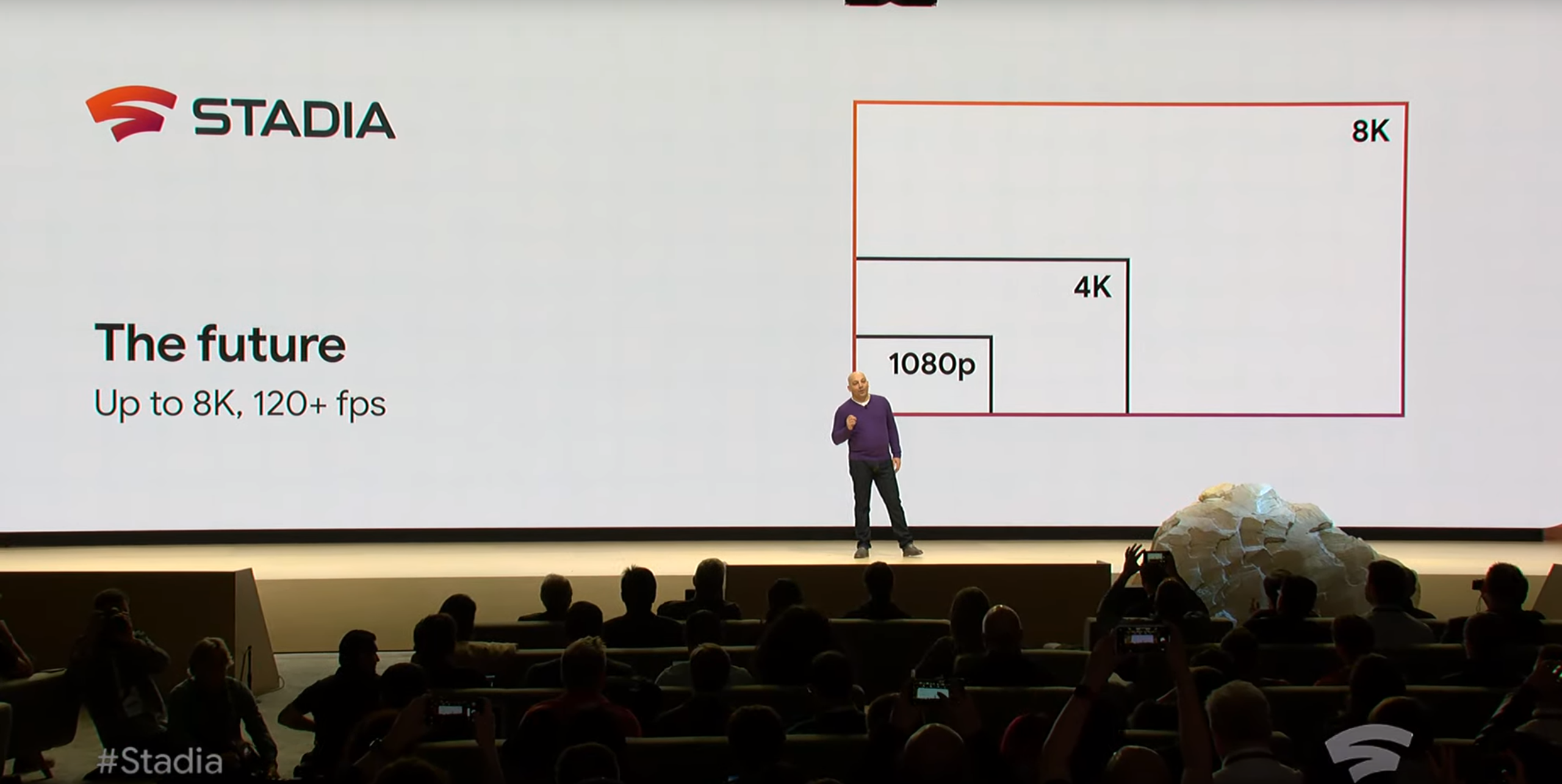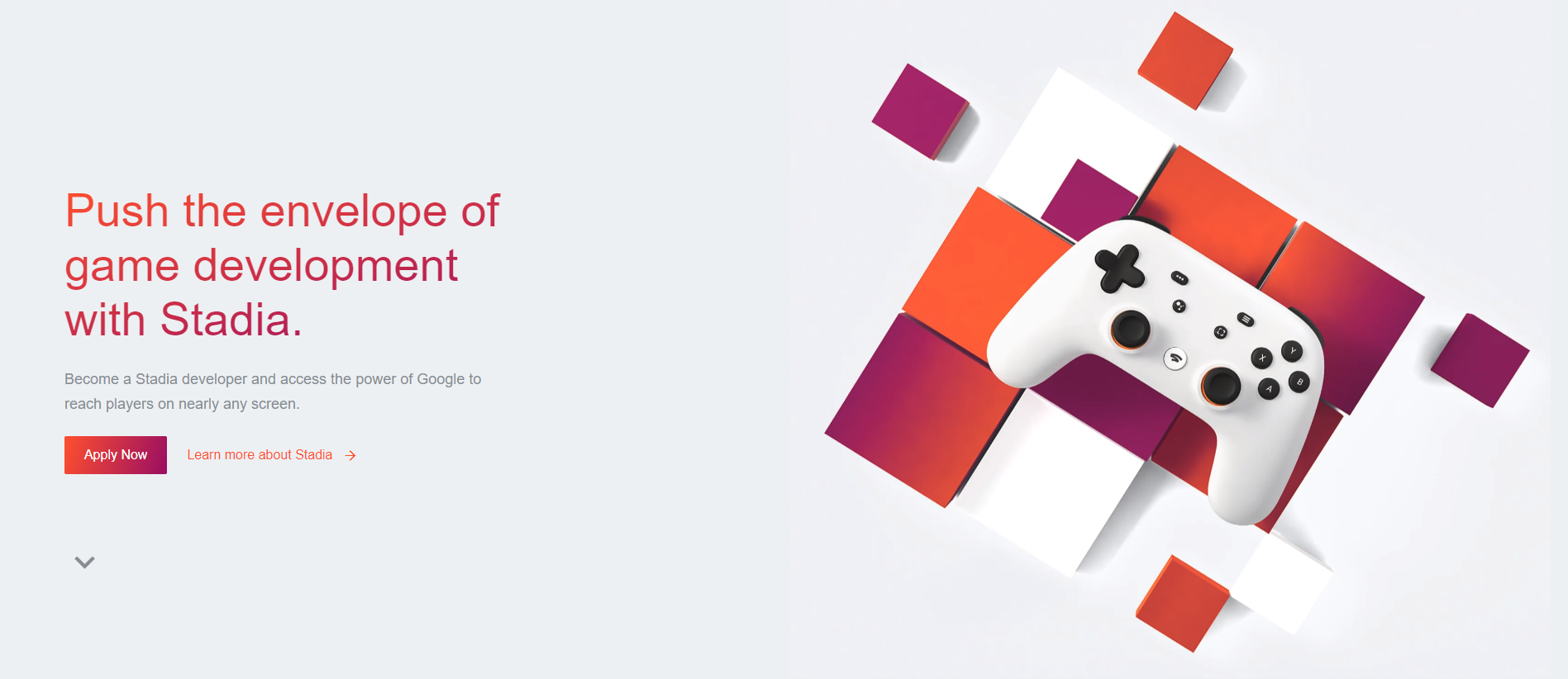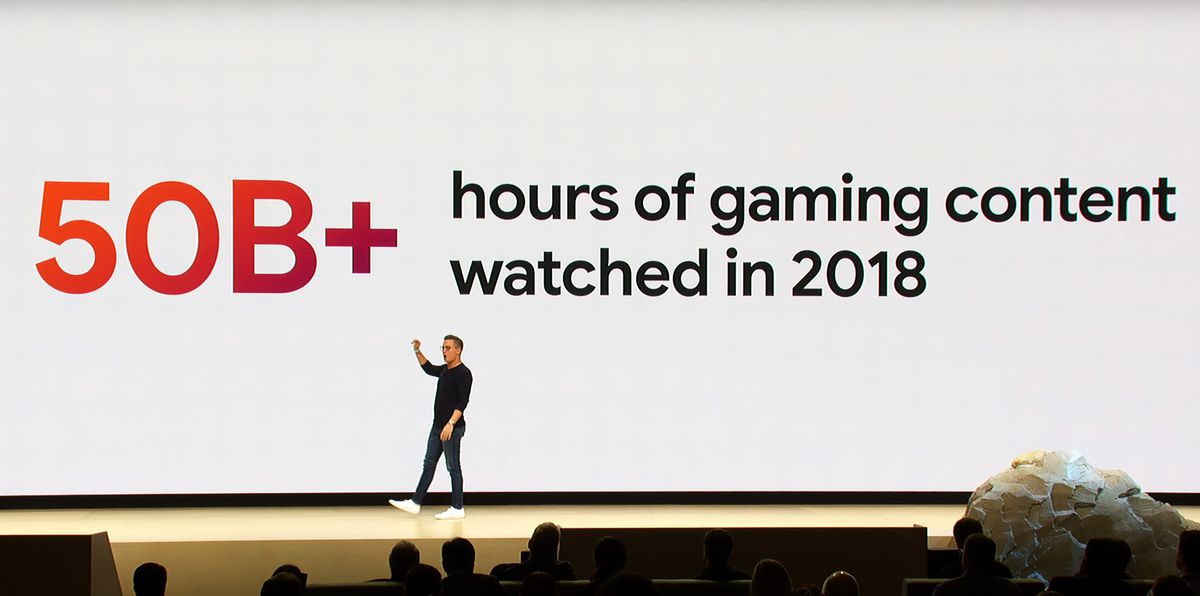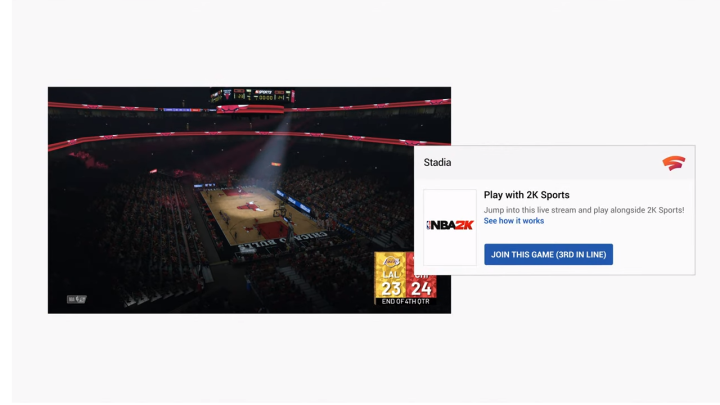How the People of GDC Reacted to Stadia
Google finally revealed their vision for the future of gaming. What is everyone saying about it?

Google finally revealed their vision for the future of gaming. What is everyone saying about it?
We spoke extensively, last week, about what a future gaming landscape might look like in a world of cloud gaming and a “Netflix of Games,” and it was in anticipation of Google’s impending gaming announcement. This turned out to be the reveal of their vision of said future: Stadia. Leveraging Alphabet’s massive network of servers across the globe, the new “console-free” gaming platform would allow players to use essentially every screen they own, without expensive hardware, with a seamless experience across devices.
This was immediately the most important topic of conversation at GDC, and reactions have been diverse. Let’s break down a few of the emerging themes.
This feels big.
The overwhelming feeling you get among the crowds in San Francisco is that, regardless of how impressive or banal this platform seems right now, its reveal feels like an important moment in the ever-changing landscape of gaming, game publishing, and game development. Google is one of the biggest entities on the planet, and while it’s flirted with the world of gaming before, this is the first real example of them definitively planting their flag in the space and saying “we are here for good.”
In retrospect, it hearkens back to the first days of the original Xbox, when Microsoft entered what many thought was an overcrowded marketplace and permanently staked their claim to a piece of it. They became an essential part of the growth of the entire video game space, and Google has the power to do the same. In many ways, their announcement further validates the industry, and that feeling is palpable.
Latency is Still the Big Question Mark
Google’s Director of Game Business Development, Jack Buser, spoke with USGamer about what kinds of internet speeds a user will need to take full advantage of Stadia, and he made a pretty bold claim. "You can think of Stadia a lot like YouTube," Buser told the outlet. "So if you're able to get a high-fidelity YouTube experience in your home, you're probably in pretty good shape for Stadia."

In context, this means that if you’re able to view 4K videos on YouTube without much issue, your experience of Stadia should be on par, even with the additional component of input lag complicating the situation. That would be an incredible accomplishment, if true, and would bode well for not just the future of Stadia, but cloud gaming in general. Input delay is the big problem game streaming platforms have to solve, and cutting that delay to the point of that it’s imperceptible while also streaming 4K HDR quality video, along with high quality sound, would show that cloud gaming becoming the norm truly is inevitable.
And, on the show floor, reports were that Assassin’s Creed: Odyssey was just as impressive as it was during the earlier test, called Project Stream, last fall. Occasional latency issues did pop up, but didn’t detract significantly from the game experience. But, there were two games being used to show of Stadia at GDC, and the other game, Doom: Eternal, apparently didn’t fare as well.
To be clear: users who got their hands on the game through Google’s new service had a good time. I by no means intend to imply that the game was unplayable or overly frustrating. Most came away impressed by the technology. Still, Doom requires much quicker response time, much more rapid decision making and quick-twitch movements to play than Assassin’s Creed, and this did, apparently, lead to latency being more noticeable, and thus more of an issue, when playing the former.
This opens up an interesting line of discussion, as it calls into question whether cloud gaming, as it exists today, can truly take the place of running titles locally for every genre and community. I can tell you right now, competitive gamers are not going to want to sacrifice even the slightest bit of response time for convenience. Esports competitors rely on the tiniest fractions of seconds difference between them and their opponents to come out on top, and any lag is unacceptable. I think you’ll find, also, that this isn’t just limited to professionals and semi-professionals. If there’s even a perceived advantage in a game like Fortnite or Apex Legends for players running games off their own machines vs. streaming, it will encourage the majority of its players to do so. Winning matters to everyone, not just those who do so to make a living. So, really the question is, can cloud gaming function for multiplayer gaming at all? Does even the slightest bit of latency make using such a service to play games like Destiny and other "live experiences" a non-starter? It's an important question, particularly in an era where the largest games on the planet are almost exclusively such always-online titles.
So, that’s a real question amongst GDC attendees: yes, playing more deliberately paced games on your own, using Stadia, seems viable, but can it truly achieve the speed that will be required to host the most popular games in streaming, or quick-twitch games like Doom? Clearly, Google chose to show off the title as an attempt to prove just that, but not everyone has come away convinced.
What about developers and publishers?

Our primary topic of discussion last week was monetization: how do game developers and publishers make money in a world of cloud gaming? And, while we learned a lot, the Stadia presentation was surprisingly light on how the platform will work for those creating the actual games. Google is more than willing to accept others' characterization of their new platform as "game changing" and "industry disrupting," but they did little to explain how they envision studios and publishers surviving and thriving in this new environment.
"We are having conversations [about publishers will be compensated] that are necessarily commercially sensitive and that are under nondisclosure agreement. They’re not the kind of things that you proclaim from a stage," Stadia product head Phil Harrison told Polygon. "Those conversations have been had. We are all really happy with the way that our publishers will be able to be successful on our platform."
That's not a lot of real information. A web portal for developers looking for more information has been launched, but it doesn't discuss compensation, or really much of anything at all; it's more a means for interested developers to reach out to Stadia directly. Considering this major reveal was held at the Game Developers Conference, it's interesting that the presentation that was given didn't really end up being designed for developers, but for consumers. It seems pretty clear that they still don't have an answer to the question 'how will rights owners of games be compensated?' Until that information is clear and public, it's hard to assess just what Stadia means to the people actually making games, and whether it's something about which to be excited or concerned.
It’s about watching games more than playing them.

One of the more surprising elements of the Stadia announcement was how much it focused on YouTube. It was interesting, for example, that during the reveal of a platform used to play games, the influencer they chose to highlight, MatPat, doesn’t actually play games in the context of his primary content. He makes content about games, but is more known for deep dives into lore and gaming mysteries than the streams he hosts when he is investigating said games. Why feature a content creator like that during this announcement?
Well, for one thing, he’s one of the larger channels on YouTube, their platform, and represents the resource Google knows that it already possesses and wants to maintain ownership of in the future: gamers' attention.
“My thinking is that Google’s Stadia project is motivated, to a greater or lesser degree, by the desire to maintain its predominance as the home of gaming video,” writes Verge editor Vlad Savov. “As of right now, Google gets more than 200 million logged-in daily active users watching gaming content. That’s 200 million pairs of eyes to present ads to every day.”
Gaming video represents one of the largest ad-selling opportunities on the YouTube platform, and one that will continue to grow as we move into the future, provided another competitor doesn’t figure out the as-of-yet undiscovered secret to stealing users away. As Savov goes on to point out, it’s far from a sure thing that Stadia will be the go-to cloud gaming service of the future, as their competition in space is diverse, but, when the transition to a primarily cloud-based ecosystem does occur, “it’s logical to expect some disruption to the way people share their in-game clips and the sorts of clips they choose to share. Google’s competitors are well positioned to capitalize on this . . . and it’s easy to imagine they’ll cut YouTube out of the equation.” From this perspective, it’s easy to see how Stadia can be a mechanism to prevent that from happening, and why so much focus was placed on how the relationship between it and YouTube can be used to encourage interaction and community.

If YouTube’s relationship with Stadia allows it to maintain its position as the easiest place to share and view gaming content, it will be worth it. This gives Google the extra incentive to be the first major player at the table, as, in addition to the new business they want to bring in, there’s also the already-existing business it can help to protect. If they can at the same time create a feedback loop that sends viewers to their gaming platform, and players to YouTube, it’ll just be icing on the cake.
Follow us on Twitter and LinkedIn for all the latest blogs, announcements, and game marketing news from the team at GAMESIGHT!

